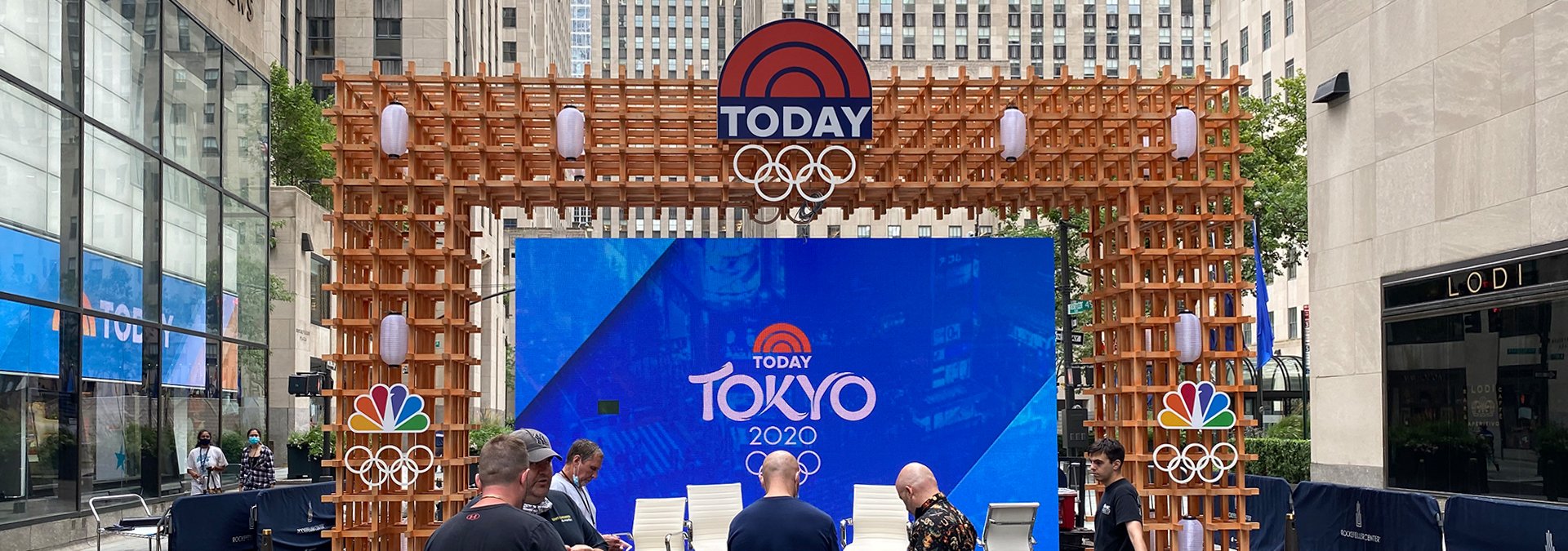Enhancing Aesthetic Impact Through Tactical Content Timing in LED Display Performance
Wiki Article
Maximizing aesthetic effect throughout LED wall performances requires careful preparation and strategic content scheduling. LED walls are powerful instruments in graphic narration, frequently used in concerts, events, and presentations. The effectiveness of these displays depends not just on the quality of the visuals but also on how and timing they are shown. By comprehending the viewers' focus duration plus the rhythm of the event, organizers can create a more captivating encounter that enthralls spectators plus improves the total show.
One crucial element of tactical visual timing is scheduling. It is vital to synchronize the images to the beat and tempo of the performance. For instance, in the course of a music show, visuals should enhance the rhythm and atmosphere of the melody. This alignment aids to forge a unified experience that draws the audience in. Additionally, it is important to consider the duration of each visual clip. Brief, striking segments can sustain audience interest, while extended images may be appropriate for instances of reflection or emotional connection. By varying the length and vigor of the images, organizers can keep the audience interested during the performance.

Another crucial element is the material in question. The images shown on the LED wall should be relevant to the theme of the show. This relevance helps to reinforce the message being communicated plus renders the encounter more unforgettable for the audience. For example, if the performance is about environmental awareness, using images that depict nature and wildlife can enhance the message. Furthermore, incorporating dynamic elements, such as animations or engaging visuals, can introduce thrill and maintain the viewers' attention. The appropriate material, shown at the appropriate moment, can significantly enhance the effect of the show.
Viewer involvement is also a key factor in visual timing. Understanding the demographics and tastes of the audience can guide the choice of visuals. For example, a younger audience may react better to bright colors and quick motion graphics, while an mature crowd look at this website might appreciate more subtle and sophisticated visuals. By tailoring the content to the audience's interests, organizers can create a more personalized experience that resonates with spectators. Additionally, adding viewer involvement, such as real-time surveys or media engagements, can additionally improve involvement and render the show more engaging.
Finally, evaluating the effectiveness of the content scheduling is essential for future performances. Gathering feedback from the audience can provide valuable information into what was effective successfully plus what could be enhanced. This data can assist event planners refine their approaches and take knowledgeable choices for future events. By continuously assessing and adapting the content timing strategy, event planners can amplify the aesthetic impact of light-emitting diode screen shows plus craft unforgettable experiences for their audiences.